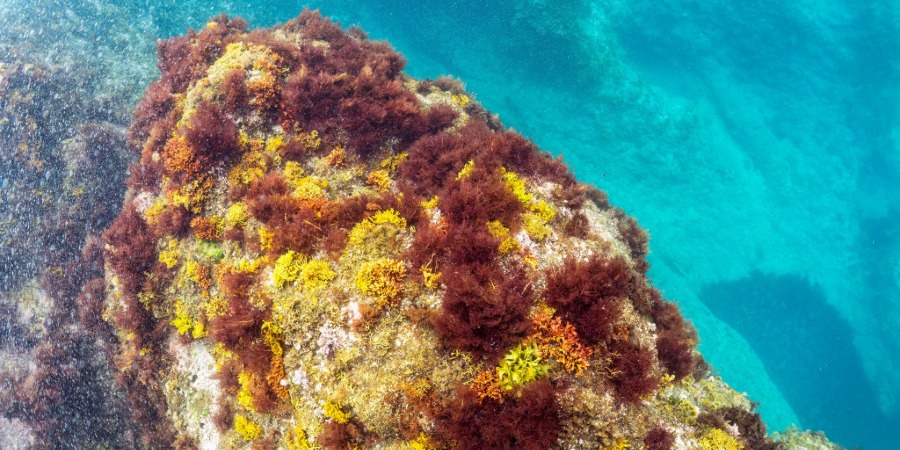
Access to clean and safe water is one of the greatest challenges facing humanity in the 21st century.
Fortunately, nature offers us innovative and sustainable solutions, and one of the most promising is algae.
These often underestimated aquatic organisms have the ability to absorb pollutants and heavy metals from water, making them key allies in the purification and treatment of wastewater. This process, known as phytoremediation, uses algae to remove excess nutrients, such as nitrogen and phosphorus, which can cause environmental problems such as the eutrophication of aquatic ecosystems.
How do algae work as natural purifiers?
- Algae incorporate heavy metals and other pollutants into their tissues, removing them from the water.
- During photosynthesis, algae release oxygen, improving water quality.
- Algae consume excess nutrients, reducing the risk of harmful algae blooms and other environmental problems.
To maximize the efficiency of these processes, supports such as agar are used to immobilize the algae and facilitate their handling.
Companies such as Agarmex contribute to this cause by providing high-quality agar for research and water treatment applications.
The use of algae to purify water is a natural, efficient, and sustainable solution that offers numerous benefits.
By harnessing the power of these aquatic organisms, we can move toward a future where clean water is accessible to all.





